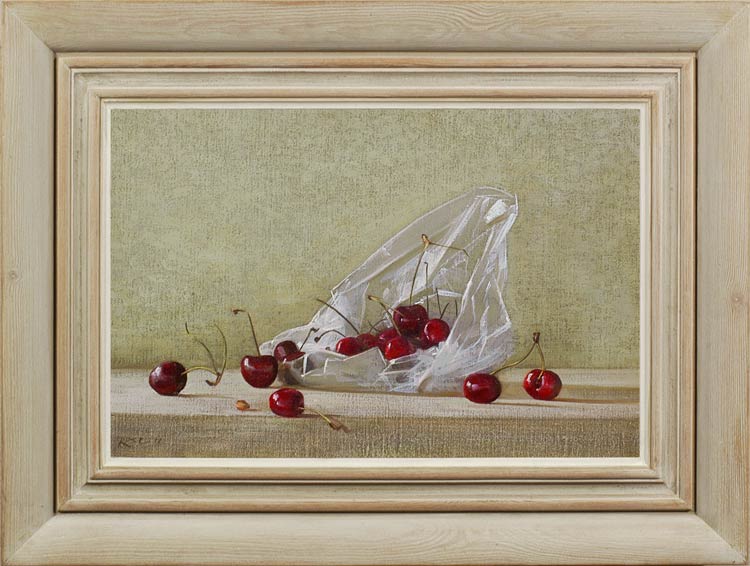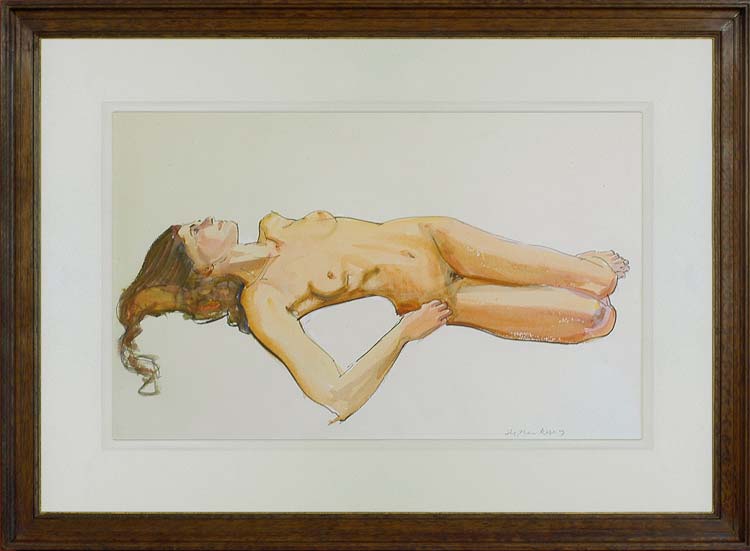Different artists have different focuses when it comes to creating their artwork; whether it be still life, sea or landscape or even portraiture.
No matter what art style an artist specialises in, life drawing – or figure drawing as it was originally named – plays a huge part in the development of many artistic skills, and can give a piece of art extra depth in a very subtle way.
But why is life drawing such an essential skill to possess as an artist?
Gives an Artist an Insight into the Human Anatomy
Even if an artist doesn’t primarily want to specialise in the human form, life drawing is taught to many budding artists as an introduction into the world of art.
This is because the human body is a complex object which allows an artist to learn about a variety of techniques, simply by observing and interpreting the subject in front of their eyes.

STEPHEN ROSE (1960-)A bag of cherries
Simply drawing a stationary still life set up over and over again will often perfect some artistic skills, but won’t enhance others. With the human body, an artist is able to witness how the entire body reacts when certain emotions are present, including posture changes and gestures which can help them evoke emotion in their own pieces – even in artworks which aren’t necessarily human focussed.
Evaluate the Sense of Movement
Although the beauty of a painting is that it is still and unmoving, it is still incredibly important for an artist to be able to depict movement in their work when required.
Although many artists will tend to avoid including dramatic movement in their artwork – it is often seen as too complex to convey – the movement of the human body can give a detailed insight into the world of movement and fluidity.

STEPHEN ROSE (1960-) Leticia reclining
Human movement requires a lot of cooperation from each of the body parts, and seeing this in motion during a life drawing session can give an artist a sense of what actually goes into a movement. They will be able to see how the body works together to perform specific movements, and replicate it in their own work.
It is especially useful to have a real life reference if they are attempting to depict a complex movement in their work, which will require some form of life drawing experience and skill.
Studying the human body can help an artist create a believable piece of work which people who view it can empathise and relate to. They may not be able to see a face – or even a human for that matter – but they will be able to sense the movement within the piece as well as gauge the emotion, simply by using the techniques used to make a life drawing piece successful.


